Ants | Understanding Ants: Behavior, Control & Facts

Ants have a hierarchical structure within their colonies. The queens are responsible for reproduction, laying eggs, and starting new colonies. The worker ants, which make up the majority of the colony, perform various tasks such as foraging for food and caring for the young. The males have the sole purpose of mating with the queens. Ants communicate with each other using chemical scents called pheromones. They leave pheromone trails to find food sources and transmit messages among the colony members.
With over 12,000 known species, each type of ant has its own unique behavior and characteristics. Red harvester ants, for example, forage individually and coordinate their efforts based on food availability, while carpenter ants nest in wood and can cause structural damage to buildings. Understanding the behavior of different ant species is crucial for effective ant control.
Key Takeaways:
- Ants form colonies with a hierarchical structure that includes queens, workers, and males.
- Ants communicate using chemical scents called pheromones.
- There are over 12,000 species of ants, each with its own behavior patterns.
- Identifying different ant species is essential for effective ant control.
- Understanding ant behavior helps in implementing preventative measures and controlling infestations.
Types of Ants and Their Behavior
Did you know that there are over 12,000 known species of ants? Each species has its own unique set of behavior patterns and characteristics. Understanding the behavior of different ant species is crucial for effective ant control. Let's take a closer look at some common types of ants and their behavior.
Foraging Individualists: Red Harvester Ants
Red harvester ants are known for their individualistic foraging behavior. These ants scout and forage individually, searching for food sources. Once they discover a food source, they coordinate their efforts based on food availability. With strong communication skills, red harvester ants leave a pheromone trail for their fellow colony members to follow.
Wood-Damaging Nesters: Carpenter Ants
Unlike red harvester ants, carpenter ants have a different nesting behavior. These ants prefer to nest in wood, including trees and buildings. Their nesting habits can cause structural damage over time. Carpenter ants communicate with each other through the release of pheromones, touch, and vibrations, allowing them to work together to build and expand their nests.
By understanding the behavior of different ant species, we can gain insights into their habits and preferences. This knowledge is essential for implementing effective ant control strategies.
Each species of ants has its own unique behavior patterns and characteristics. From foraging individualists like red harvester ants to wood-damaging nesters like carpenter ants, these creatures have fascinating ways of communicating and organizing themselves.
Ant Colonies and Communication
Ant colonies are fascinating and highly organized communities that demonstrate remarkable teamwork and cooperation. These colonies consist of various types of ants, each with its own specialized role and responsibilities. The queen ant, typically the largest in the colony, is responsible for reproduction and laying eggs, ensuring the colony's continuation. Worker ants, on the other hand, perform a range of tasks such as caring for the young, maintaining the nest, and foraging for food.
To effectively coordinate their activities, ants rely on a sophisticated system of communication. Instead of using spoken words, ants communicate primarily through the release of chemical scents called pheromones. Pheromones are produced by special glands in their bodies and serve as messengers that transmit vital information to other colony members.
The release of specific pheromones allows ants to relay messages about various aspects of their environment, including the location of food sources, potential dangers, and the presence of intruders. For example, ants may release a trail of pheromones to guide their fellow workers towards a newly discovered food source, ensuring efficient resource utilization.
The ability of ants to communicate through pheromones is crucial to the survival and success of the colony. By sending and receiving chemical signals, ants can quickly adapt to changes in their surroundings and effectively coordinate their actions to benefit the entire colony.
Pheromones play a crucial role in ant communication, allowing them to convey important information about food sources, threats, and other colony-related matters.
Ant colonies can contain hundreds of thousands of individual ants, each playing a vital role in maintaining the social structure and functionality of the colony. The complex division of labor and communication systems within ant colonies is a testament to the remarkable nature of these social insects.
To visualize the fascinating world of ant communication, take a moment to observe this captivating image:
| Ants in the Colony | Roles and Responsibilities |
|---|---|
| Queen Ant | Lays eggs and ensures reproduction of the colony |
| Worker Ants | Caring for the young, nest maintenance, foraging for food |
The table above summarizes the main types of ants found in a typical colony and outlines their roles and responsibilities. Each ant in the colony plays a crucial part in the functioning and success of the collective.
Understanding the dynamics of ant colonies and their communication methods can provide valuable insights into their behavior and help us develop more effective strategies for managing and controlling ant populations.
Ant Identification and Signs of Ant Presence
Identifying different species of ants is crucial for effective ant control. Ants can vary in size, color, and behavior, making it essential to correctly identify the specific species present in your environment. This knowledge helps determine the most appropriate control methods and strategies.
Common Ant Species
There are several common ant species that homeowners often encounter:
- Carpenter ants: These ants are known for nesting in wood and can cause structural damage to buildings.
- Fire ants: Fire ants are known for their aggressive behavior and painful stings.
- Pavement ants: These ants typically nest under sidewalks and driveways and may enter homes in search of food.
Signs of Ant Presence
Identifying signs of ant presence can help you take prompt action to control their populations. Here are some common signs:
- Ant trails: Ants often follow trails, leaving behind visible lines of ants moving back and forth between their nest and food sources.
- Food debris: Ants may leave behind small food particles or crumbs near their nesting areas or feeding sites.
- Discarded ant wings: When ants reproduce, winged males and females swarm together. After mating, the male ants die, and the female ants shed their wings. If you find discarded ant wings, it could indicate the presence of a nearby ant colony.
By recognizing these signs and identifying the specific species of ants, you can implement appropriate ant control measures to effectively manage and prevent future infestations.
Attractants for Ants
When it comes to dealing with ant infestations, it's important to understand what attracts these persistent pests into our homes. Ants are naturally drawn to sources of food, water, and shelter. By addressing these attractants, we can take proactive measures to keep ants at bay.
Sources of Food
One of the primary reasons ants invade our homes is the presence of accessible food sources. Crumbs, spills, and uncovered food can quickly attract and encourage ant activity. It's essential to maintain a clean and tidy environment, ensuring that countertops, floors, and even pet food bowls are free from food debris. By eliminating these food sources, we can significantly reduce the likelihood of ant infestations.
Moisture Issues
Just like humans, ants rely on water to survive. Moisture issues, such as leaks, standing water, or excess humidity, can attract ants into our living spaces. It's crucial to address any water-related problems promptly. Fixing leaks, drying damp areas, and ensuring proper ventilation can help create an environment less appealing to ants.
Shelter
Providing a safe and comfortable shelter is essential for ants. They seek out small cracks, crevices, and gaps in walls, floors, and foundations to establish their nests. Sealing these entry points can help prevent ants from infiltrating our homes. Additionally, keeping the surrounding outdoor areas well-maintained, with trimmed vegetation and cleared debris, can discourage ants from nesting near our homes.
"By understanding what attracts ants, we can take proactive measures to eliminate these attractants and create an environment that is less appealing to them."

| Signs of Ant Presence | What Attracts Ants |
|---|---|
| Presence of ant trails | Accessible food sources |
| Food debris | Moisture issues |
| Discarded ant wings | Shelter opportunities |
Ant Control and Prevention Strategies
To effectively prevent ant infestations, proactive measures must be taken to eliminate attractants and seal entry points. By following these strategies, you can protect your home from ants and maintain a pest-free environment.
1. Remove Food Sources
Ants are drawn to easily accessible food sources in your home. Keep your kitchen clean and free of crumbs and spills that can attract them. Store food in airtight containers and clean up any food debris promptly. Pay attention to pet food dishes as well, as they can be a potential attractant for ants.
2. Fix Moisture Issues
Ants seek out sources of water, so fixing any moisture issues in your home is crucial. Repair leaky pipes, faucets, and any other water sources that may be attracting ants. Make sure to keep your home well-ventilated and address any damp areas or water accumulation promptly.
3. Seal Cracks and Crevices
Sealing entry points is an essential step in preventing ant infestations. Inspect your home for any cracks, crevices, or gaps along windows, doors, and foundation walls. Seal these openings using caulk or weatherstripping to deny ants access to your home.
4. Professional Ant Control Services
If an ant infestation occurs despite your prevention efforts, it's advisable to seek professional ant control services. Pest control experts have the knowledge, experience, and tools to effectively eliminate ants and prevent future infestations.
Remember, early intervention is key to preventing ant problems from escalating. By implementing these strategies and staying vigilant, you can protect your home from ant infestations and maintain a pest-free environment.
| Ant Control and Prevention Strategies |
|---|
| Remove food sources |
| Fix moisture issues |
| Seal cracks and crevices |
| Seek professional help if needed |
Conclusion
In conclusion, understanding ant behavior, identification, and attractants is essential for effective ant control. By gaining insight into the habits and characteristics of ants, we can adopt proactive measures to prevent and eliminate ant infestations.
To effectively control ants, homeowners should implement preventative measures such as removing food sources, fixing moisture issues, and sealing entry points. These actions can significantly reduce the likelihood of ants entering our homes and disrupting our lives.
If an ant infestation occurs despite our preventive efforts, it is advisable to seek professional help. Pest control services specializing in ant control can employ targeted strategies to eliminate the infestation and help maintain a pest-free environment.
Ultimately, the key to long-term success in managing ants lies in taking early action and consistently maintaining a pest-free environment. By understanding ants and implementing preventive measures, we can keep our homes free from unwanted ant visitors and enjoy a comfortable, ant-free living space.
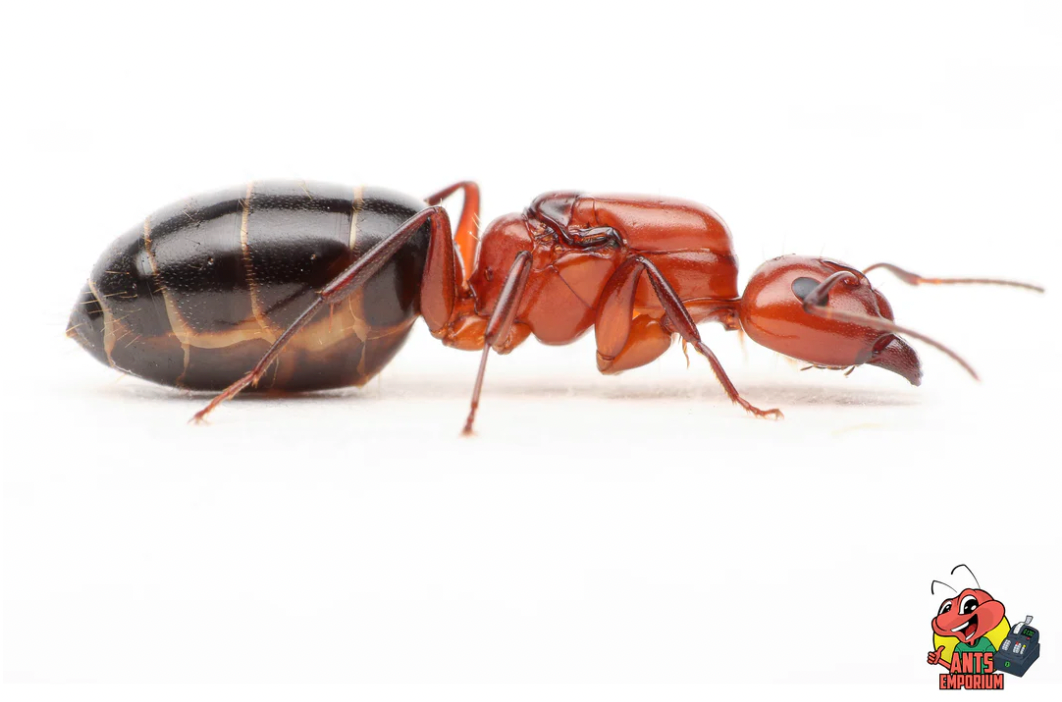
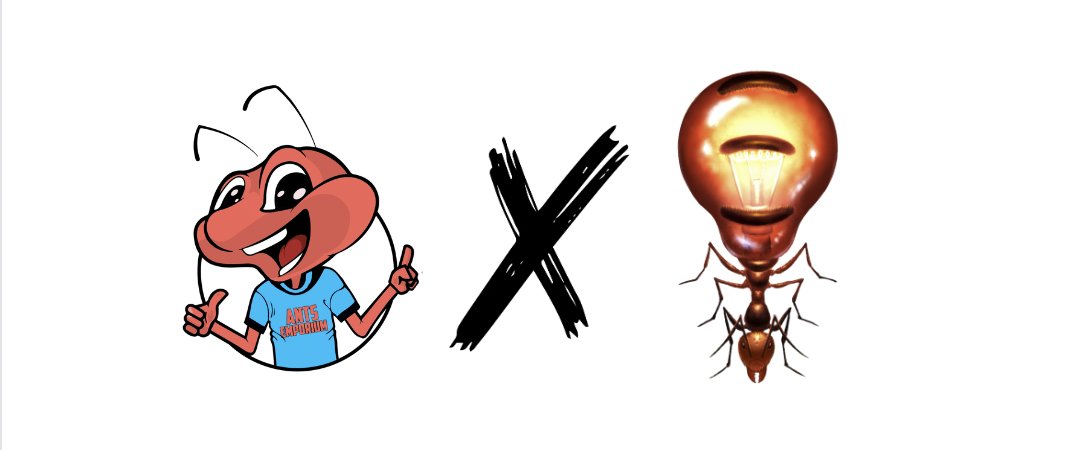
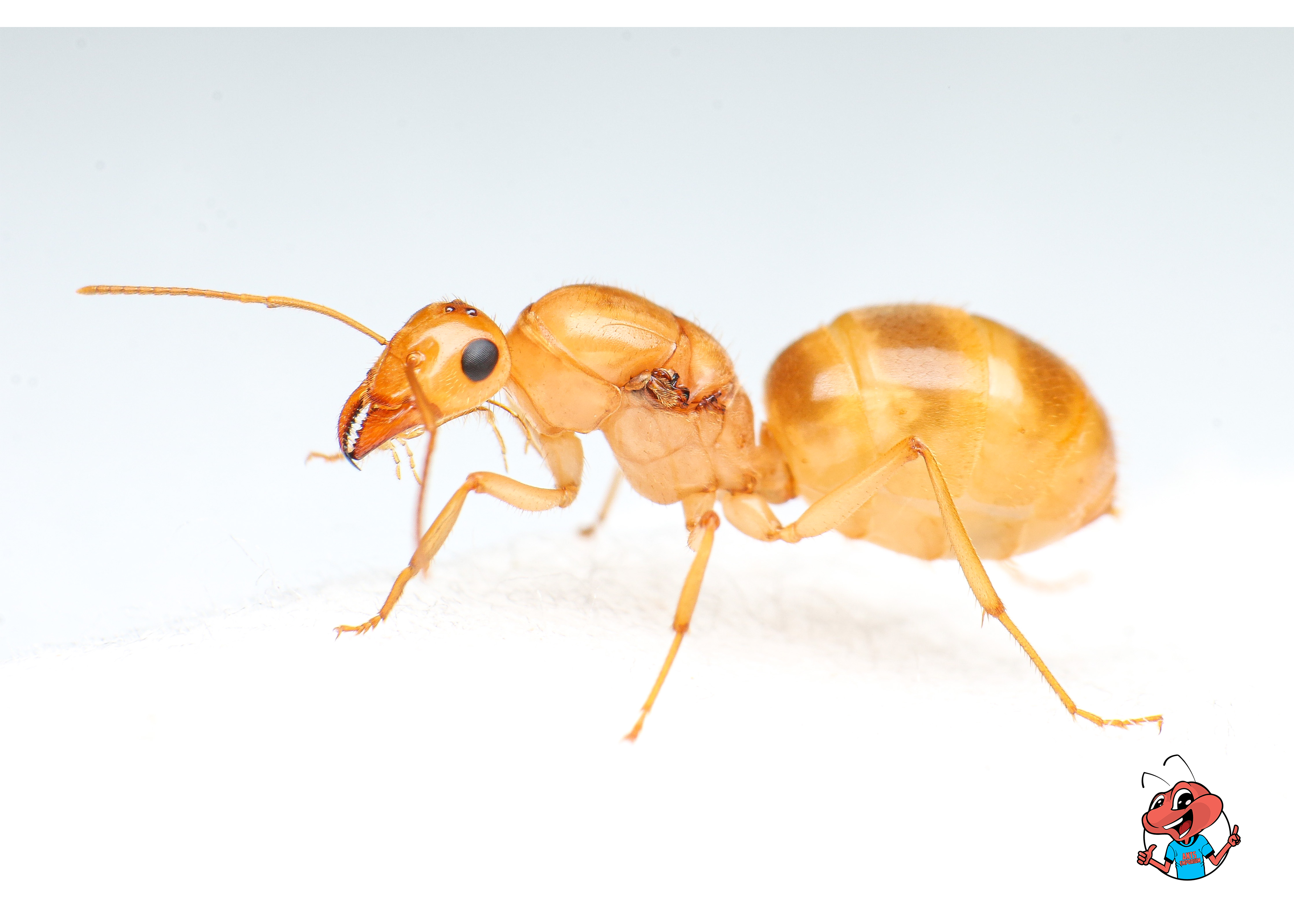
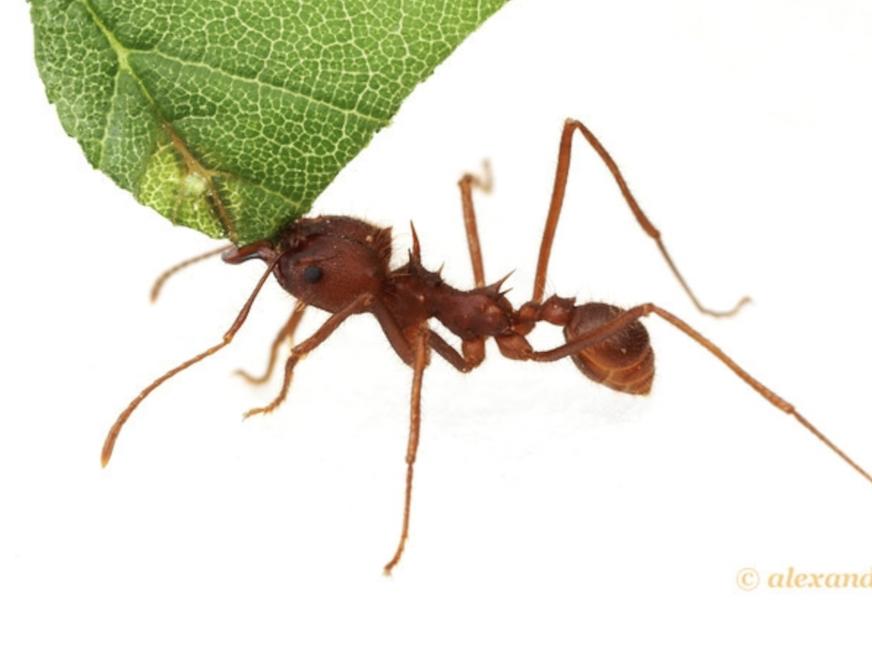
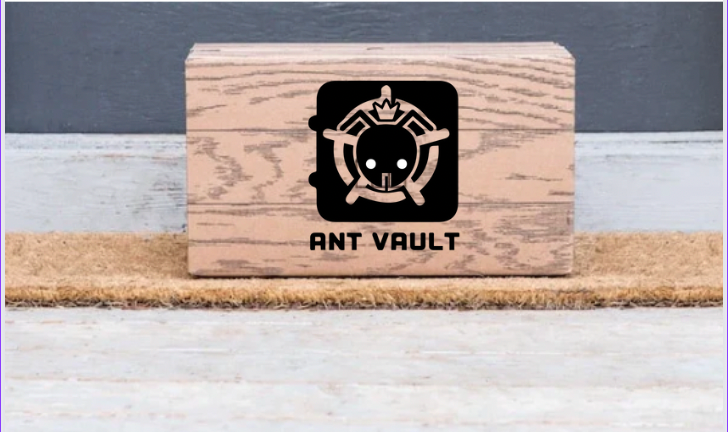




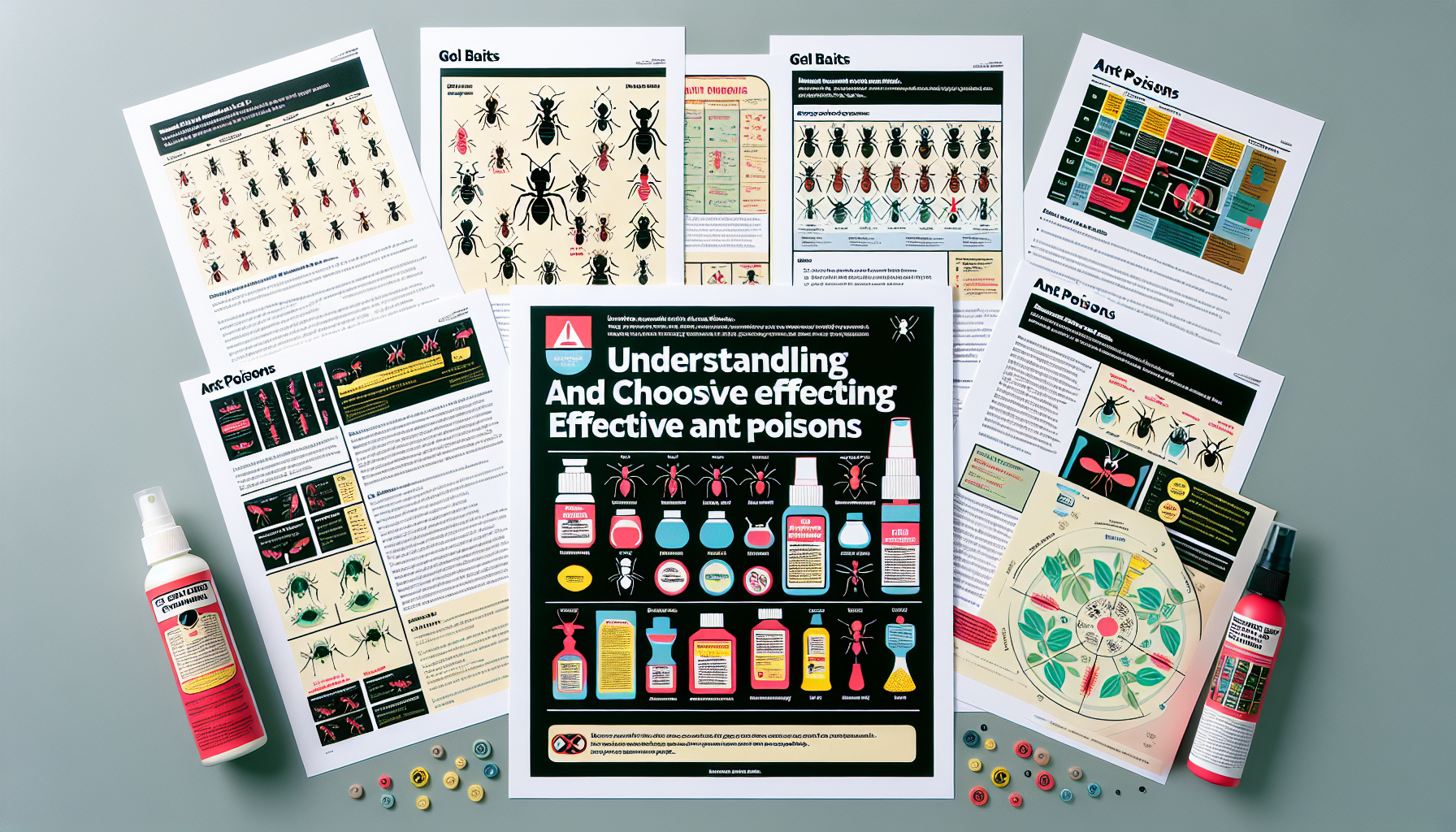
Leave a comment